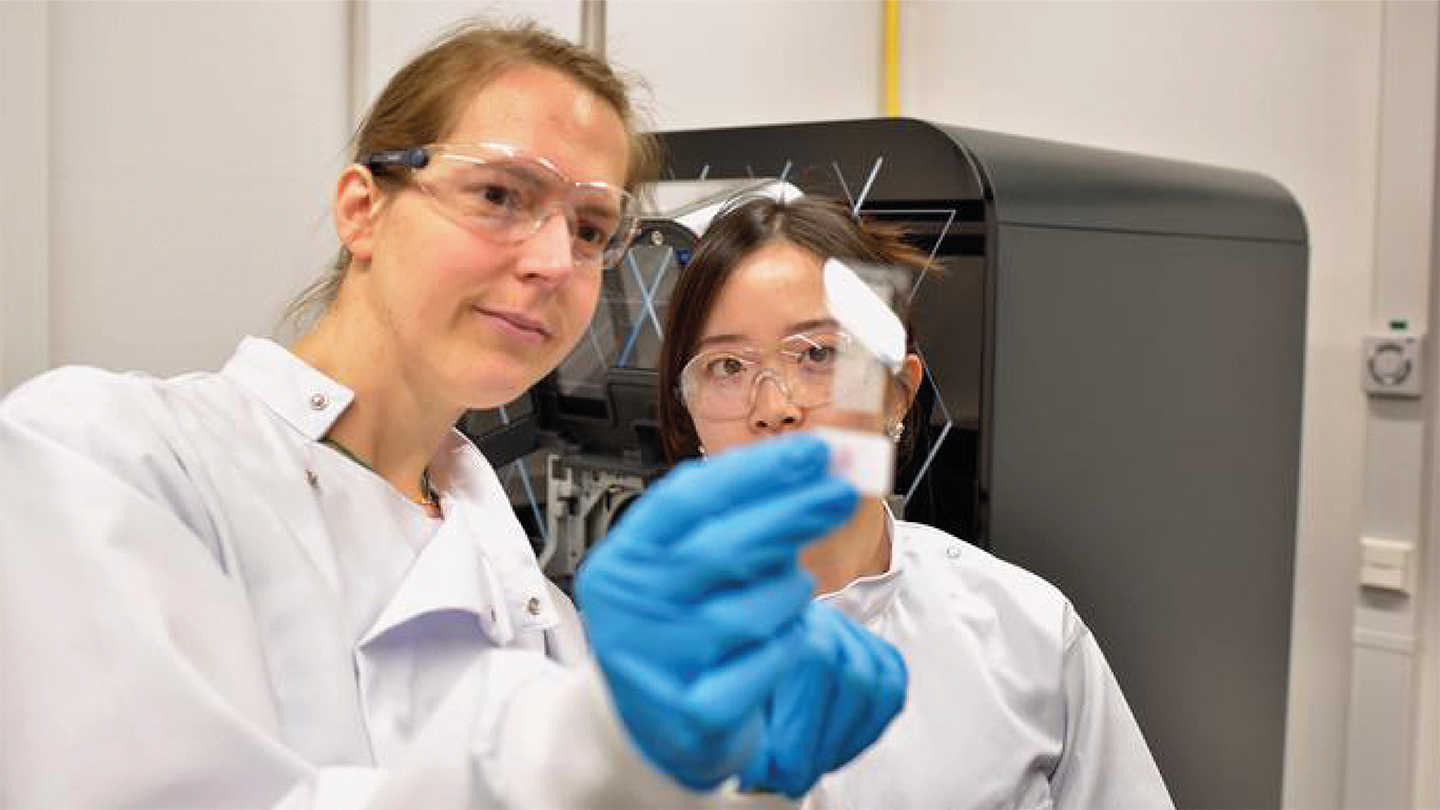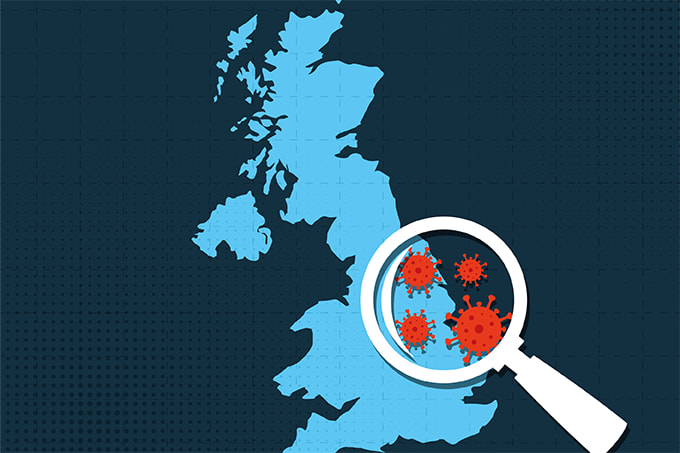
Bacterial infections could soon be diagnosed in minutes rather than days, thanks to a new method that detects pathogens directly from clinical samples – without the need for culturing. In a study led by scientists at the Technical University of Munich (TUM) and Imperial College London, they outlined a metabolomic workflow that identifies species-specific bacterial metabolites and lipids, offering a rapid alternative to conventional microbiological diagnostics.
The team compiled a spectral database of small-molecule metabolic profiles from 233 bacterial species, focusing on the identification of taxon-specific markers (TSMs). Using univariate statistical analysis, 359 TSMs were identified, each linked to a particular taxonomic level from phylum to species. These markers were validated across internal and external bacterial datasets and tested in complex biological samples, including human colorectal tissues and faecal samples.
In the team’s press release, first author Wei Chen commented: “Our innovative approach is not to look directly for the pathogenic bacteria, but only for their metabolic products. This allows us to detect them indirectly, but much more quickly.”
The researchers tested multiple analytical platforms to evaluate the method’s generalizability, including: rapid evaporative ionisation mass spectrometry, desorption electrospray ionisation-mass spectrometry imaging, and liquid chromatography-mass spectrometry. Consistent marker detection across platforms suggests the method is broadly applicable and not dependent on a specific ionisation technique.
The study also demonstrated the localisation of bacterial metabolites in tissue using spatial metabolomics. For example, markers for Helicobacter pylori were detected in infected murine gastric tissue and correlated with bacterial presence identified by 16S rRNA fluorescence in situ hybridisation (FISH). Bacterial presence in human colorectal cancer tissues was similarly confirmed, with metabolite hotspots matching known patterns of gut microbiome colonisation.
According to Nicole Strittmatter, Professor of Analytical Chemistry at TUM and senior author of the study, the approach could support personalized medicine efforts by enabling faster and more precise diagnosis. “Targeted interventions can dramatically improve the chances of successful treatment,” she said. “As analysts, we develop modern tools and methods for doctors to do this.”
The current spectral library includes metabolic profiles for 233 species, but only covers a fraction of the more than 1,400 known bacterial pathogens. The researchers note that expanding this library should be prioritized moving forward, in order to improve the method’s specificity and enable routine clinical application.




